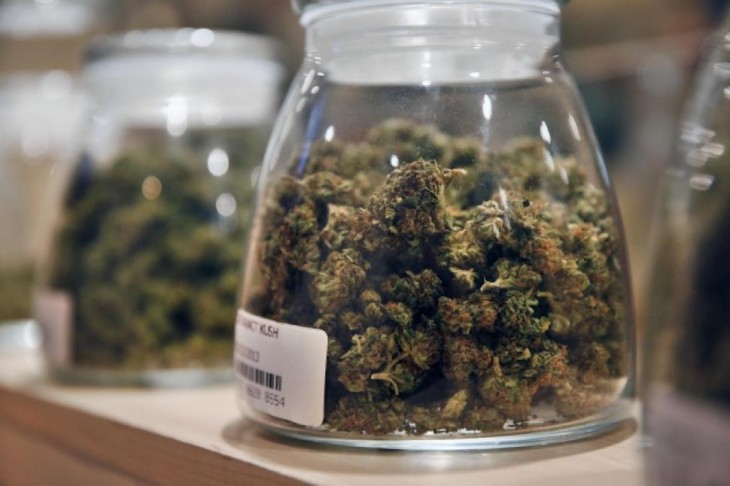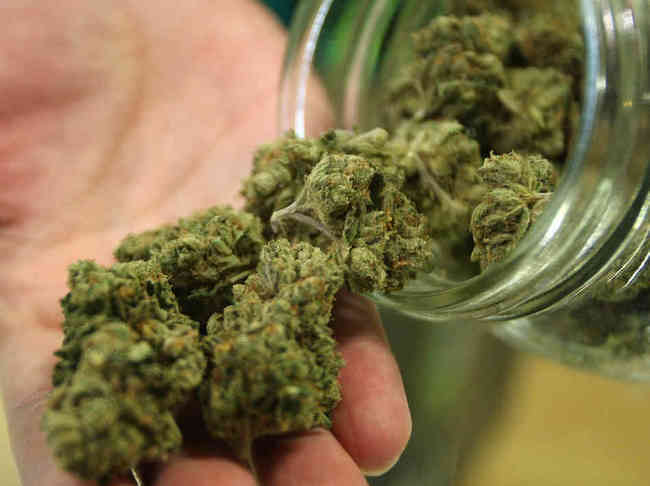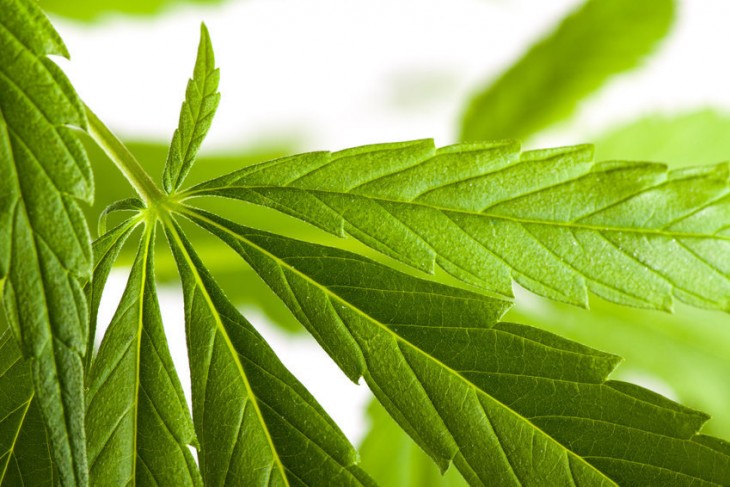History of Cannabis use
Humans are believed to have emerged more than 250,000 years ago to their modern forms. Use of cannabis exploitation might look like a derivative of 10,000 year old practice called agriculture which in turn is a derivative of human evolution. But, traces of history have proved the contrary. Even before it was cultivated, its sheer existence in nature played a functional role. The plant is indigenous to Indian subcontinent and central Asia and is believed to have originated in the mountainous region northwest of Himalayas. But how did cannabis become a plant of such significant importance? How did human bring it to the form it is today?
Mythological significance
Cannabis, also known as bhang mentioned in hindu holy text “Atharvaveda” (Science of charms) is referred to as one of the five sacred plants in the mythology. Ritually this ‘sacred grass’ is used as an offering to lord Shiva. Even today, bhang mixed in milk is given as a ‘Prasad’ (give away) in some temples and even festively drank at occasions like Holi. Unexpectedly, this practice is not against the law in India. The Zoroastrian Zendavesta, an ancient Persian religious text also refers to bhang as the “good narcotic.” Moreover, the Scythian tribes also used the cannabis seeds as offerings in the royal tomb.
First ever utilization of cannabis
In 1997, a hemp rope dating back to 26,900 BC was found in Czechoslovakia which is the oldest evidence of cannabis use so far. This shows its contribution in the history of textiles and fiber. 6000 B.C., Cannabis oil and seeds were extended to be used as food or medicine in China. The first ever medicinal consumption record of marijuana in its medical sense was in 2737 BC by Chinese emperor Shen Neng. By this time, every part of this multipurpose plant was exploited: the root for medicine, the stem for textiles, rope and paper making, the leaves and flowers for intoxication and medicine, and the seeds for food and oil.
How did it spread across?
As it gained importance, cannabis came to be looked at as a lucrative produce. It spread from China to Korea by the coastal farmers and further to India when the Aryans invaded the country between 2000-1000 B.C. where they named it as ‘bhang’. Therefore, the holy books deposited later have the word ‘bhang’ to refer to cannabis. Then, it reached Egypt where it was found on scrolls as medicinal plant. The 1213 BC royal mummy of REMESES II has the pollens of cannabis over it. It was also brought to the Scythians, the Indo- European nomadic tribe. After travelling from around the globe it finally reached United States in the beginning of 20th century.
The plethora of historical events associated with cannabis has verified the high value of this medicinal and recreational herb which probably the ancient people were already aware of thousands of years ago. These, indeed, can be taken as learning from the past to pluck out the label of “illicit” or “harmful” from marijuana and to attach some new tags of acceptance to it.








